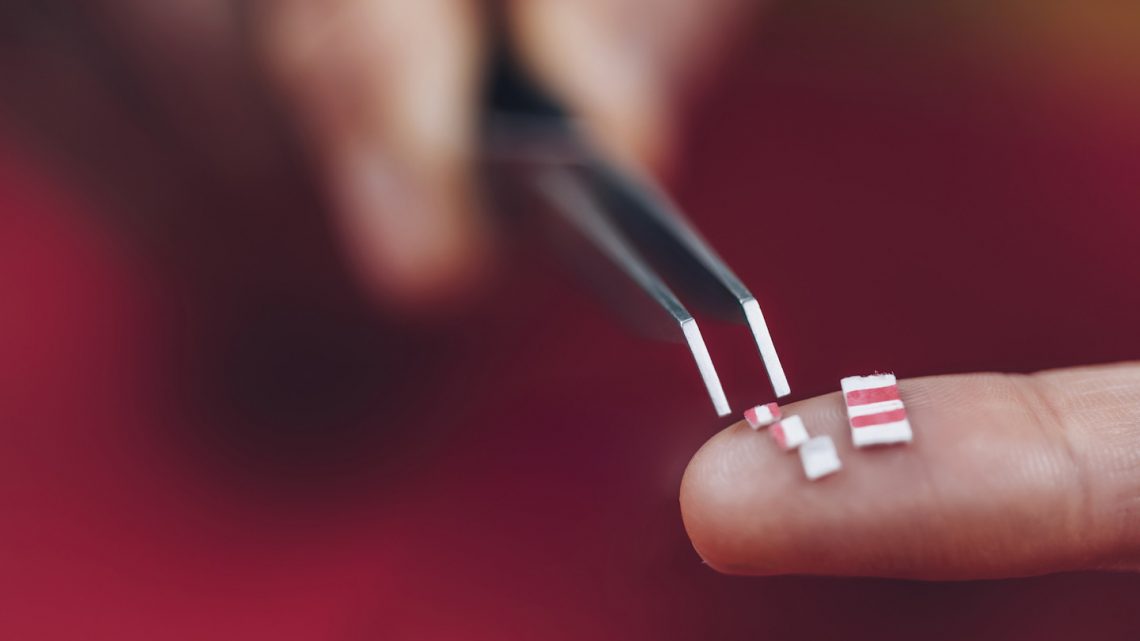
LSD Could Replace Morphine as a Painkiller, According to New Study
September 1, 2020Microdoses of LSD could be used as a non-addictive alternative to painkillers, according to a recent study looking into the psychedelic’s analgesic properties.
As part of a “Microdosing Research Programme” set up to identify the optimal dose of LSD for improving mood, cognition and pain resilience, scientists from Maastricht University in the Netherlands and the Beckley Foundation in the UK found that small, non-psychedelic doses of the drug increased pain tolerance among subjects by up to 20 percent—an effect that is comparable to opioids such as oxycodone and morphine.
It is the first study to revisit the potential of LSD in pain relief since restrictive prohibition policies were put in place in the 1960s and 1970s—and researchers believe further studies could lead to the possible use of the substance as a non-addictive pain medication.
“This study in healthy volunteers shows that a low dose of LSD produces an analgesic effect in the absence of a psychedelic effect,” lead researcher Jan Ramaekers, a professor of Psychopharmacology and Behavioral Toxicology at Maastricht University, said in a statement. “The magnitude of the analgesic effect appears comparable to analgesic effects of opioids in the same pain model.”
A sample of 24 healthy volunteers for the study each received single doses of 5, 10 and 20 micrograms of LSD, or a placebo, over the course of several days. Researchers then assessed their pain tolerance levels by asking them to submerge their hands in a tank of cold water (three degrees celsius) for as long as they could manage.
The study consistently indicated that a 20 microgram dose of LSD reduced pain perception by 20 percent, meaning the volunteers were able to remain immersed in the cold water for substantially longer, as compared to the placebo. Subjects who had microdosed also reported a decrease in the subjective experience of painfulness and unpleasantness.
Researchers further observed that the analgesic effects of the LSD were equally strong one-and-a-half hours after administration as they were five hours after administration—indicating that an acid dose as small as 20 micrograms may have a longer-lasting “halo” effect on pain management. And they stressed, importantly, that these pain responses were seen at dose levels unlikely to produce profound mind-altering effects.
More research is needed before LSD supplants the likes of Endone and Panadol Forte as the go-to drug for pain relief—but if these early indications are anything to go by, the implications of clinically-prescribed analgesic LSD could be a major, potentially life-saving breakthrough when it comes to addressing the opioid crisis in countries like the United States and Canada.
“The present data suggests low doses of LSD could constitute a useful pain management treatment option that is not only effective in patients but is also devoid of the problematic consequences associated with current mainstay drugs, such as opioids,” said Amanda Feilding, Founder and Director of the Beckley Foundation and co-director of the Beckley/Maastricht Microdosing Research Programme. “Over 16 million people worldwide are currently suffering from Opioid Use Disorder and many more will become hooked as a result of oversubscription of pain medication.
“I am encouraged by these results as I have long believed that LSD may not only change the sensations of pain but also our subjective relationship with it,” Feilding added. “We must continue to explore this with the aim of providing safer, non-addictive alternatives to pain management, and to bring people in pain a step closer to living happier, healthier and fully expressed lives.”
Follow Gavin on Twitter


